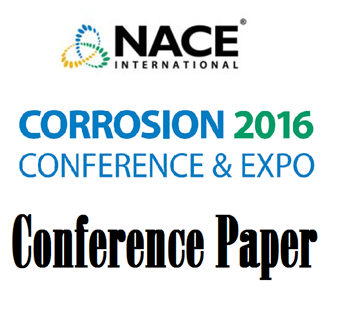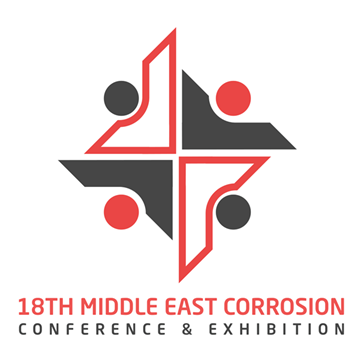Search
Products tagged with 'autoclave'
View as
Sort by
Display
per page
51316-7312-Changes in Test Methodology to Reflect the Changes Within the Oil and Gas Linings Market
Product Number:
51316-7312-SG
ISBN:
7312 2016 CP
Publication Date:
2016
$20.00
51318-10903-Evaluation of corrosion inhibitor with high speed rotating cage
Product Number:
51318-10903-SG
Publication Date:
2018
$20.00
Advanced Chemical Resistant Epoxy Systems To Endure High Pressure and High Temperature in Pipes and Tanks
Product Number:
51323-18766-SG
Publication Date:
2023
$20.00
Development of Corrosion Inhibitor for High Temperature Sweet Gas Wells
Product Number:
51324-20757-SG
Publication Date:
2024
$40.00
Development of Linings for High Temperature, High Pressure Applications for Petrochemical Applications
Product Number:
41214-838-SG
Publication Date:
2014
$20.00
Development of New Coating Systems for High Erosion Environments
Product Number:
51323-19184-SG
Publication Date:
2023
$20.00
Handling Extreme Environments With Supoxy Platform Technology
Product Number:
51322-17643-SG
Publication Date:
2022
$20.00
High Temperature and High Chemical Resistant Ambient Cure Tank Liner
Product Number:
51317--9016-SG
ISBN:
9016 2017 CP
Publication Date:
2017
$20.00
Mitigation of Elemental Sulfur and Iron Sulfide Under-Deposit Corrosion
Product Number:
51323-19423-SG
Publication Date:
2023
$20.00
NACE TM0185-2024, Evaluation of Internal Plastic Coatings for Corrosion Control of Tubular Goods by Autoclave Testing
Product Number:
NACE TM0185-2024
Publication Date:
2024
$109.00
Novel Internal Coating System for High Concentration H2S Environments
Product Number:
MECC23-19951-SG
Publication Date:
2023
$20.00
Proposed Test Protocol for Evaluating Internal Coating Systems for Railcar Sour Oil Applications
Product Number:
51324-20646-SG
Publication Date:
2024
$40.00
- 1
- 2












